- Joined
- 3 June 2011
- Messages
- 17,871
- Reaction score
- 10,918
Amazing how fast South Korea is moving to offset NK threats.
TomS said:Looks like a bastard stepchild of Pershing and ATACMS.
DrRansom said:There was a previous South Korea missile that had more than a passing resemblance to an Iskander.
DrRansom said:Maybe the US should just go to SK for the ATACMs replacement, rather than waiting almost a decade.
sferrin said:Hyunmoo 2A/B.
It's almost criminal how slow the US is to get anything done these days. The much more complex and ambitious Pershing II went from contract award to fully deployed in the same amount of time.
The US should have active conventional strike missile programs from HIMARS to the GBSD and every range in between with very large payload capacity they should be rolling off the assembly lines like sausages, leave the useless INF Treaty far......far behindDrRansom said:sferrin said:Hyunmoo 2A/B.
It's almost criminal how slow the US is to get anything done these days. The much more complex and ambitious Pershing II went from contract award to fully deployed in the same amount of time.
Thanks for that link.
Yes, it is as if CAD and all the advanced aerodynamic tools have not produced any development progress, rather even longer times than before.
Look at North Korea, for goodness sake. They test an engine this year and then fly it on two different vehicles, Hwasong-12 and -14. If this was the US, there'd be several years between the engine test and the first Hwasong-12 test and then, when that failed, years before the second test.
A medium range artillery rocket is not a high-tech development program. It isn't breaking new ground. It is merely trying to do what others have already done. There isn't the excuse of attempting uncharted territory.
sferrin said:I get the impression that talk and powerpoints move careers, and if you stretch a program long enough maybe you'll be able to move to the next fantasy project before you actually have to risk failure by performing.
DrRansom said:sferrin said:I get the impression that talk and powerpoints move careers, and if you stretch a program long enough maybe you'll be able to move to the next fantasy project before you actually have to risk failure by performing.
If true, that approach will have all sorts of deleterious effects. For one, any engineer who wants to see their projects succeed (i.e. the best) are going to go to companies which actually develop new vehicles. The shining example here is SpaceX, which has developed launch vehicles at a rate which ULA cannot hope to emulate. I could imagine that there's a steady brain drain of top talent from defense contractors to non-defense companies. Better to see something fly than have the high-tech projects take a decade, then be cancelled.
I've made the same comment on the nuclear enterprise. Hey want to take get your PhD in nuclear physics and then never work on a new design or weapon or ever test anything for the next 30 years?sferrin said:DrRansom said:sferrin said:I get the impression that talk and powerpoints move careers, and if you stretch a program long enough maybe you'll be able to move to the next fantasy project before you actually have to risk failure by performing.
If true, that approach will have all sorts of deleterious effects. For one, any engineer who wants to see their projects succeed (i.e. the best) are going to go to companies which actually develop new vehicles. The shining example here is SpaceX, which has developed launch vehicles at a rate which ULA cannot hope to emulate. I could imagine that there's a steady brain drain of top talent from defense contractors to non-defense companies. Better to see something fly than have the high-tech projects take a decade, then be cancelled.
Yep.
No US or ROK VLS currently in service can take "multi-cell" missiles.bobbymike said:Seems like such a no-brainer to have this type of system (even longer ranged) in a '4-cell' VLS on a bunch of Navy ships. That is until the converted LHA with about 100 missiles is ready
Moose said:No US or ROK VLS currently in service can take "multi-cell" missiles.bobbymike said:Seems like such a no-brainer to have this type of system (even longer ranged) in a '4-cell' VLS on a bunch of Navy ships. That is until the converted LHA with about 100 missiles is ready



OT: He hoped over to the spacebattles forum under "Pleiades" and he occasionally posts in the War Room sub-forum but news is slow these days. Suprised he didn't do an analysis of the items in the Japanese military budget yet.sferrin said:The dimensions I got from a guy who goes by the name of "Ambassador" over on the old mp.net was 29.5" x 29.5" x 309". Doesn't look like he's been active on The Mess for several months. He's the most knowledgeable person I know on ROK weapons.

The first ship of the Dosan Ahn Chang Ho-class is fitted with 6 cold launch VLS (vertical launch systems) reportedly capable of launching both the Hyunmoo 4-4 SLBM and a submarine launched land attack cruise missile (SLCM) known as Hyunmoo 3C with a range of 1,500 Km. The follow-on class, known as KSS III Batch 2, will be fitted with up to 10 of those VLS, as Naval News reported previously. However, the MND still has not officially confirmed exact information about the development, size, and length of SLBMs, even whether the 3,000 tons submarines would be loaded with ballistic missiles.




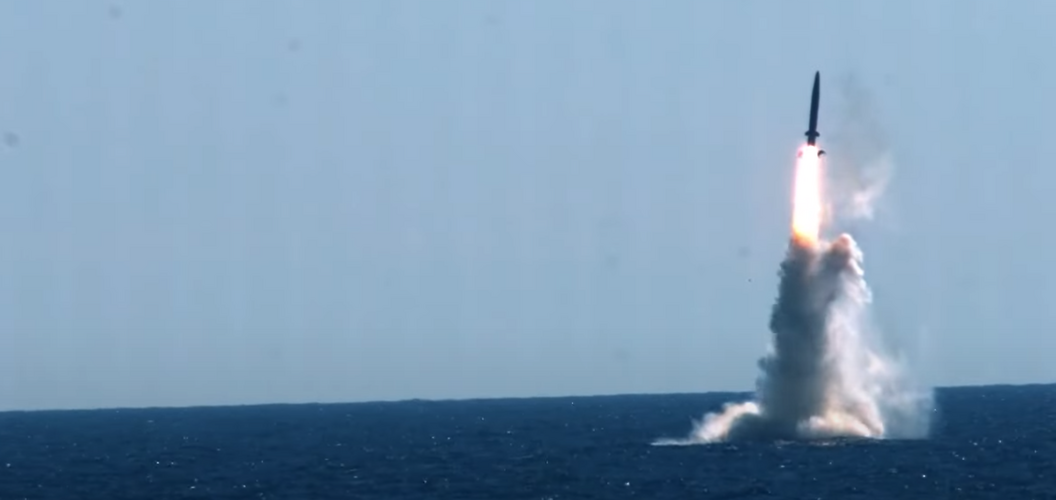
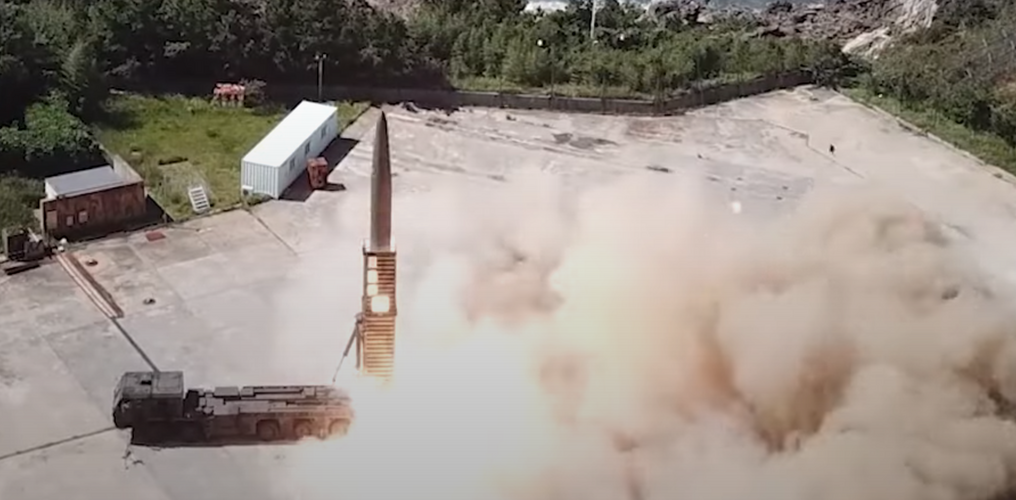
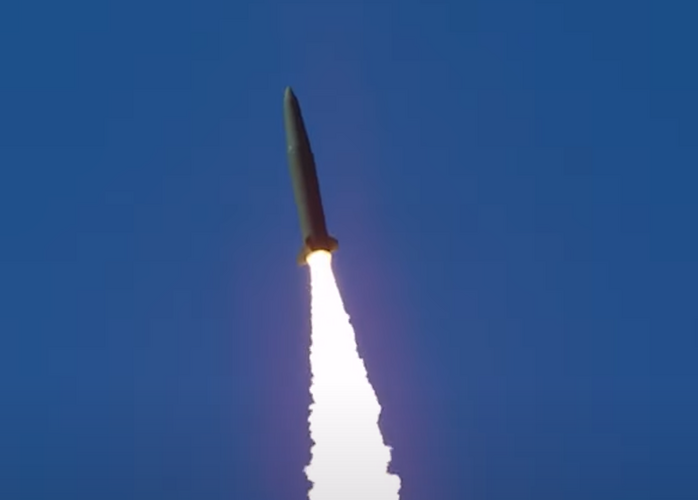
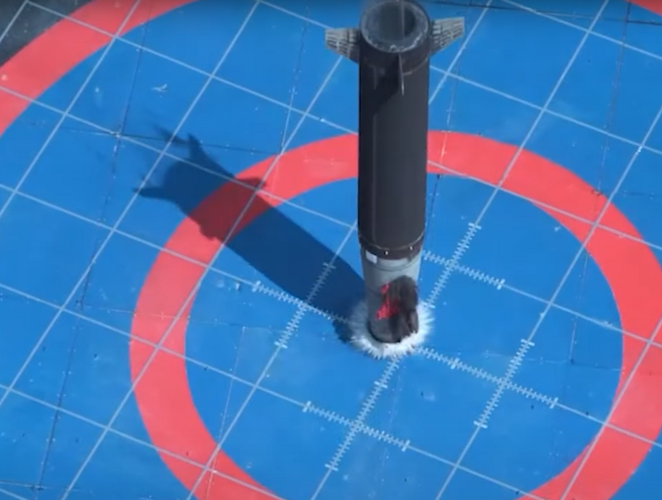
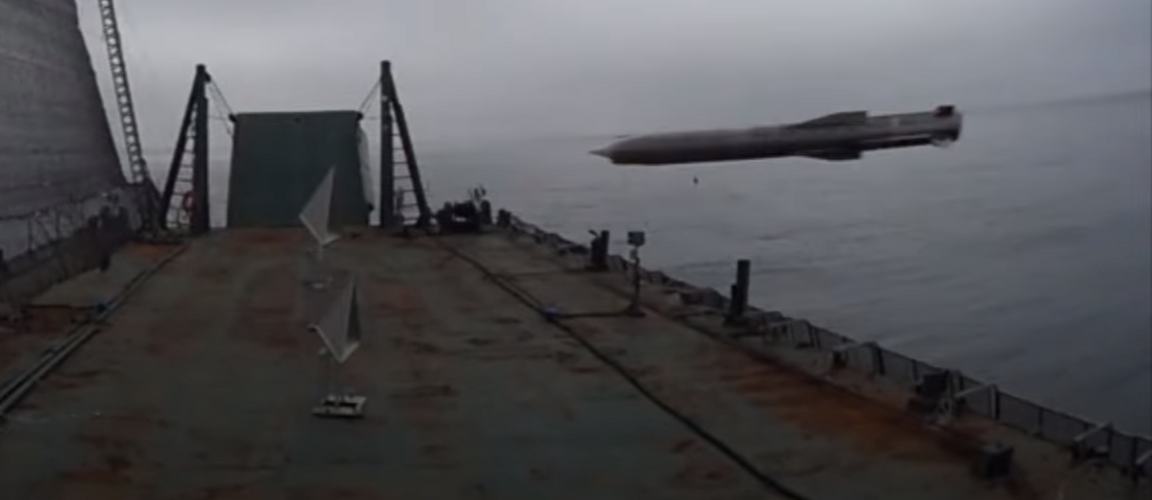
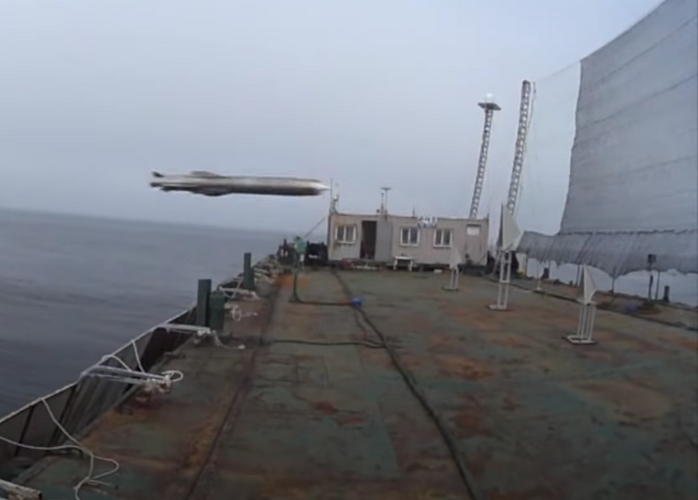
Something that is often looked over is the airspace control and free airspace for operation. Air space over Korean Peninsula, especially that over FEBA, will get extremely packed once the war breaks out. Not only fighters but hundreds of BM and CM, even artillery shells, will take up their own airspace for the first few days after the D-Day while there will be bunch of pre-ATO targets and TSTs to strike.Interesting.
To me the real deal is not that a SSK fired a SLBM - it has happened before.
France first atempt at a nuclear sub - Q-244 - was a miserable failure but the hull wasn't lost. Someone paradoxically, it was turned into a SLBM test submarine... without nuclear propulsion. The Gymnote that test fired every single French SLBM until the M-4 and its retirement.

French submarine Gymnote (S655) - Wikipedia
en.wikipedia.org
More to the point - does South Korea has nukes to put on the SLBM ? Otherwise, what's the point ?
I assume Korea is a unique situation, so many guns, missiles etc, and I guess SK got some form of special agreement, at least from USA, to go ahead. Again I'm assuming that a non-nuclear BM is not very worthwhile elsewhere, as a low and possible slower flying non-nuclear Cruise missile has more of a 'surprise' factor. Assuming you have a decent radar, you can calculate both the target and the launch location for the BM.I thought nobody wanted to fire ballistic missiles even without nukes - for fear of being mistaken for nuclear ones and blow the planet ?
(caricaturing a little of course, but you get the point)
It's not that simple really. Modern BM strike in an all out war would always be accompanied with CM rush to overwhelm the defense. BMs in Asia are deemed as a serious threat against airfields and harbours and that ain't much different elsewhere around the globe. BMs are otherwise the best choice to strike TSTs, especially considering the accuracy of modern day BMs and on top of that could work as a great bunker busters. That's not what the CMs could do.I assume Korea is a unique situation, so many guns, missiles etc, and I guess SK got some form of special agreement, at least from USA, to go ahead. Again I'm assuming that a non-nuclear BM is not very worthwhile elsewhere, as a low and possible slower flying non-nuclear Cruise missile has more of a 'surprise' factor. Assuming you have a decent radar, you can calculate both the target and the launch location for the BM.I thought nobody wanted to fire ballistic missiles even without nukes - for fear of being mistaken for nuclear ones and blow the planet ?
(caricaturing a little of course, but you get the point)
Very impressive stuff.View: https://www.youtube.com/watch?v=dYxKNf8Ij8M&ab_channel=YTNnews
Not only SLBM but a lot has been revealed today. The supersonic ASM, which was only rumored that such program exist for more than a decade (since 90s~mid 2000s to be exact), has also been revealed, alongside KEPD-350 equivalent ALCM for KF-21 and Hyunmoo 4-1 bunker-buster BM, which is known to have 2.5+ tons warhead.
North Korea is in process of replacing liquid fuel missiles with solid fuel types as it has own equivalent to 9K720 Iskander and Hyunmoo-2 series designated by USFK as KN-23 that they successfully launched 10 of them without single failure along 2 more successfully that had longer missile body and heavier warhead to compete against Hyunmoo-4 whose initial test was one failure and success.
Why we should double or triple our Columbia purchaseVia CDR Salamander:

The Age of the Conventional SLBM is Here
I cannot stop thinking of the utility of what the South Korean navy is building here. A relatively large, modern SSK with 6 and soon 10 launch tubes for large cruise or ballistic missiles. Via Naval News, just look at this beautiful beast; If the day of assuming any SLBM launch being nuclear is...blog.usni.org
